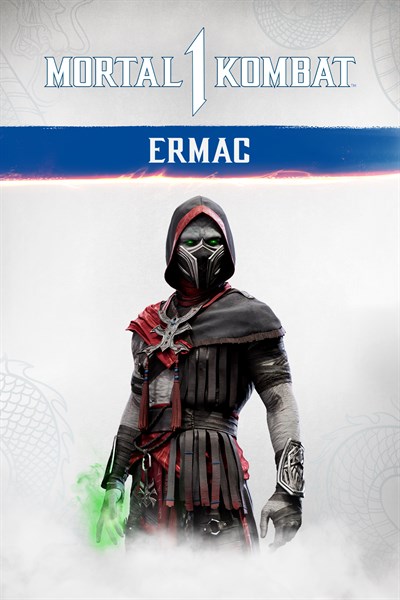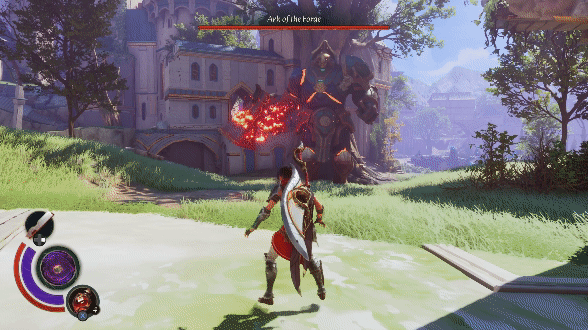While it can occasionally be difficult to get teenagers engaged or even torn away from their screens, board games often offer opportunities to connect or, at the very least, serve as a break from all the devices and social media apps. Whether its family game night or simply an evening in with friends, it’s important to have games that teens actually want to play.
The best board games don’t just pass the time, they transport players with fantastic themes and engaging mechanics. Teens who are into Marvel, Star Wars, zombies, or dragons can find something in the space to try out. Not to mention, various addictive party games also offer an alternative to simply watching a movie.
TL;DR The Best Board Games For Teens
- Marvel Dice Throne
- Disney Villainous
- Star Wars: The Clone Wars
- One Night Ultimate Werewolf
- Decrypto
- Sushi Go Party
- King of Tokyo
- Splendor: Marvel
- Zombicide: Black Plague
- Flamecraft
Marvel Dice Throne
For the superhero-obsessed teen, there are plenty of great tabletop options out there, but the good folks behind Dice Throne have created one of the best Marvel board games with this accessible but addictive title. With currently eight different comic book heroes to choose from (and far more characters in the non-Marvel iterations), Marvel Dice Throne pits players against each other in competitive battles. Players start by picking their hero from either Black Panther, Black Widow, Captain Marvel, Doctor Strange, Loki, Scarlet Witch, Spider-Man, or Thor. Each character comes with their own set of abilities, card decks, and themed dice.
Marvel Dice Throne is a simple enough dice chucker but with enough twists and turns contained in the cards to keep gameplay unpredictable. As each character handles quite differently, there is ample opportunity for replayability as well. For those who find the Battle Chest complete with all eight heroes to be a bit pricey, there are also separate packs with just two or four characters included that can be built upon over time.
Disney Villainous: The Worst Takes It All
Disney holds a special place in countless childhood memories and continues to offer content many enjoy into their teenage years. While we all know the princesses and beloved sidekicks, Disney Villainous: The Worst Takes It All asks players to control one of six iconic villains such as Ursula, Jafar, the Queen of Hearts, Captain Hook, Maleficent, and Prince John from the animated Robin Hood feature film. Disney Villainous plays out asymmetrically as each villain is accompanied by their own card deck, player board, and 3D character piece. Of course, it wouldn’t be quite as much fun to only worry about completing your own objectives; it’s also about tripping up your opponents before they realize their villainous goals using heroes from their universe via Fate Deck cards. This is a double-edged sword, however, as your opponents can employ the same tactics against you.
Disney Villainous: The Worst Takes It All is a great place to start, but various expansions have introduced even more fan-favorite Disney baddies to the game. Not to mention, villains like Darth Vader, Thanos, and plenty more have also joined in the fun through Star Wars and Marvel iterations of the series.
Star Wars: The Clone Wars
For teens who prefer their board games from a galaxy far, far away, Star Wars: The Clone Wars is a clever take on the popular Pandemic board game series. Rather than taking control of scientists, doctors, and medics to fight deadly diseases from spreading, Star Wars: The Clone Wars has players taking control of fan-favorite Jedi to ensure the reach of Count Dooku’s Separatist droid army doesn’t overtake the galaxy. For fans of Pandemic, The Clone Wars should be a breeze to pick up, but it’s a fairly intuitive cooperative title even for those with no familiarity with the original board game.
While The Clone Wars’ unique spin on a popular series makes it one of the best Star Wars board games, there are plenty of other great and unique titles to check out for fans of the space opera.
One Night Ultimate Werewolf
One Night Ultimate Werewolf is a bluffing game in which players try to identify the werewolf hiding in their village. Each player receives a secret role card at the beginning of the game, many of which coincide with a special ability that plays out in the nighttime phase when players put their heads down. In the morning, players try to deduce which one among them is the werewolf. If they can guess correctly and sentence the werewolf to death, they win the game, but if not, the monster gets to run amok for another night.
In many ways, One Night Ultimate Werewolf is the perfect party game for teens with friends who aren’t normally into board games: it’s easy to pick up thanks to the audio app that guides players through each phase, it plays incredibly quickly, and it works well for up to ten people. When groups start to pile up past four people, it’s not always easy to find a game that everyone can learn, play, and have a great time with, but One Night Ultimate Werewolf addresses every one of those issues, excelling with larger groups.
Decrypto
Like One Night Ultimate Werewolf, Decrypto is another one of the best party games. Decrpyto plays somewhat similarly to the incredibly popular Codenames, but the former differentiates itself by keeping players engaged even when it’s not their turn. Decrypto splits players into two teams. In front of each team is a series of numbers with words written just below. One player on each team is tasked with providing clues in an effort to get their team to guess the right sequence. While each team can see only their own board, opposing players can attempt to intercept using the codewords which are read aloud. The trick here is that encrypters need to try and give clues that only their team can guess. Of course, this is much easier said than done.
Sushi Go Party
Sushi Go Party builds upon the success of Sushi Go, a drafting game in which players pick a card to keep and pass the rest of the deck to the next player. Each card contains an adorable illustration of sushi as well as a point value. However, various cards can combine to multiply scores. Crafting the right sushi platter gets tricky as other players also look to grab valuable pieces or even block you from completing a set that might just secure your victory.
Sushi Go Party adds several cards to its predecessor but like Sushi Go, it manages to remain easy to play. At around 20 minutes a game, it’s perfect for teens who would rather jump in and learn a game rather than spend ages reading through a rule book.
King of Tokyo
Ask a handful of tabletop enthusiasts for a list of the best family board games and King of Tokyo is bound to come up, and likely more than once. It’s colorful and easy enough for kids to pick up, but it’s fun enough to keep teens coming back. Players pick from one of six pop culture-inspired mutant monsters with the goal of occupying Tokyo. Through dice-rolling and various special cards, players attempt to earn victory points and take down the other monsters. The winner is either the player who collected 20 victory points or the last surviving monster – whichever comes first.
Splendor: Marvel
Splendor is a favorite among the tabletop gaming community as it is a great entry point for teens who are new to the hobby thanks to its easy-to-grasp ruleset. That said, Splendor contains some strategy that may take a while to master, making it great for experienced gamers too. It’s easily one of the most popular games out there, but for teens with little interest in the Renaissance period, however, publisher Space Cowboys offers a Marvel variant.
Rather than collecting rubies, emeralds, and sapphires, to purchase cards, Splendor: Marvel tasks players with gathering the powerful Infinity Stones. Still, the rules largely remain the same, so those familiar with Splendor will be able to hop right into the Marvel iteration. As in the Marvel universe, collecting the stones ends the game, but individual turns consist of using stones to purchase cards with iconic comic book heroes and villains on them. Each hero contains a point value, and the player with the highest score at the end of the game wins. It’s not quite as thematic as something like Marvel Dice Throne, but the comic book artwork makes this a fun entry point for superhero fanatics.
Zombicide: Black Plague
Between its sizable board, various miniatures, lengthier playtime, and slightly more in-depth ruleset, Zombicide: Black Plague isn’t the most accessible game on this list. It’s still relatively easy to pick up when compared to other dungeon crawler board games, but it will require a teen who wants to dive a little deeper into a tabletop adventure. That shouldn’t be too difficult a sell as the gripping survival horror theme makes it easy to get fully immersed in the experience.
There are several entries in the Zombicide franchise, but Black Plague takes the combat to the Middle Ages with fantasy elements. Players can choose from dwarves, knights, magicians, and paladins to take the fight to the hordes of zombies. As with other iterations of the game, Black Plague has received several expansions, so fans of this title can keep the fun going for quite a while.
Flamecraft
The medium can so often be filled with gargantuan monsters and darker settings that the colorful, storybook artwork of Flamecraft feels like a breath of fresh air – as does its lower learning curve. Despite its aesthetic, Flamecraft is still a little difficult for younger children, but it’s perfectly suited for anyone in their teens.
Flamecraft is sort of an entry-level worker placement game, not quite as difficult as titles like Dune: Imperium or A Feast for Odin. In Flamecraft, players take on the role of Flamekeepers, those skilled at communicating with dragons. As a Flamekeeper, players visit the various shops, playing specialized dragon cards, enchanting the establishments, and gaining a reputation to attract even fancier dragons. The player with the most reputation at the end of the game wins and gains the esteemed title, the Master of Flamecraft.
If you’re still looking for more quality board game recommendations, make sure to check out our list of the best board games for four players. Also, take a look at our collection of the best board game deals to save some money on your next tabletop purchase.
Bobby Anhalt is a contributing freelancer for IGN covering board games and LEGO. He has more than 8 years of experience writing about the gaming industry with bylines at Game Rant, Screen Rant, TheXboxHub, and Ranker. You can follow him on Twitter @BobbyAnhalt.


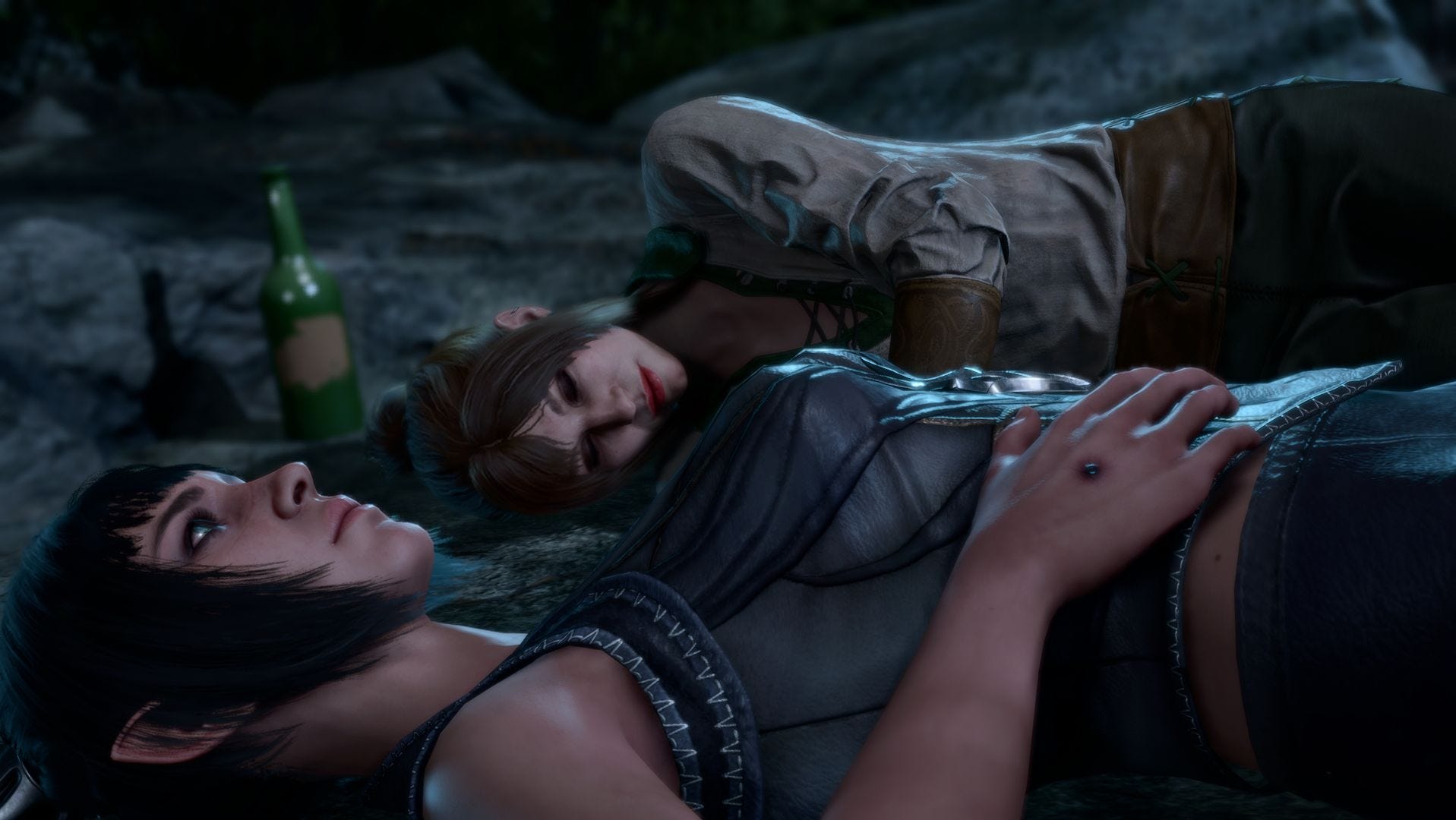

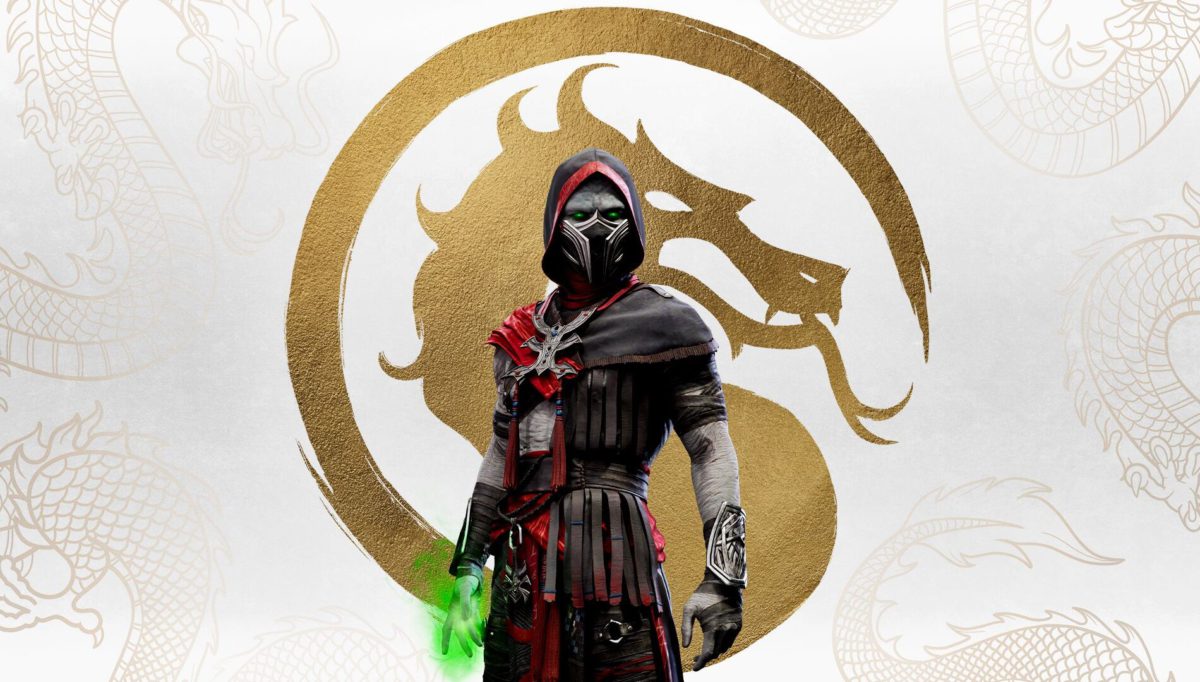
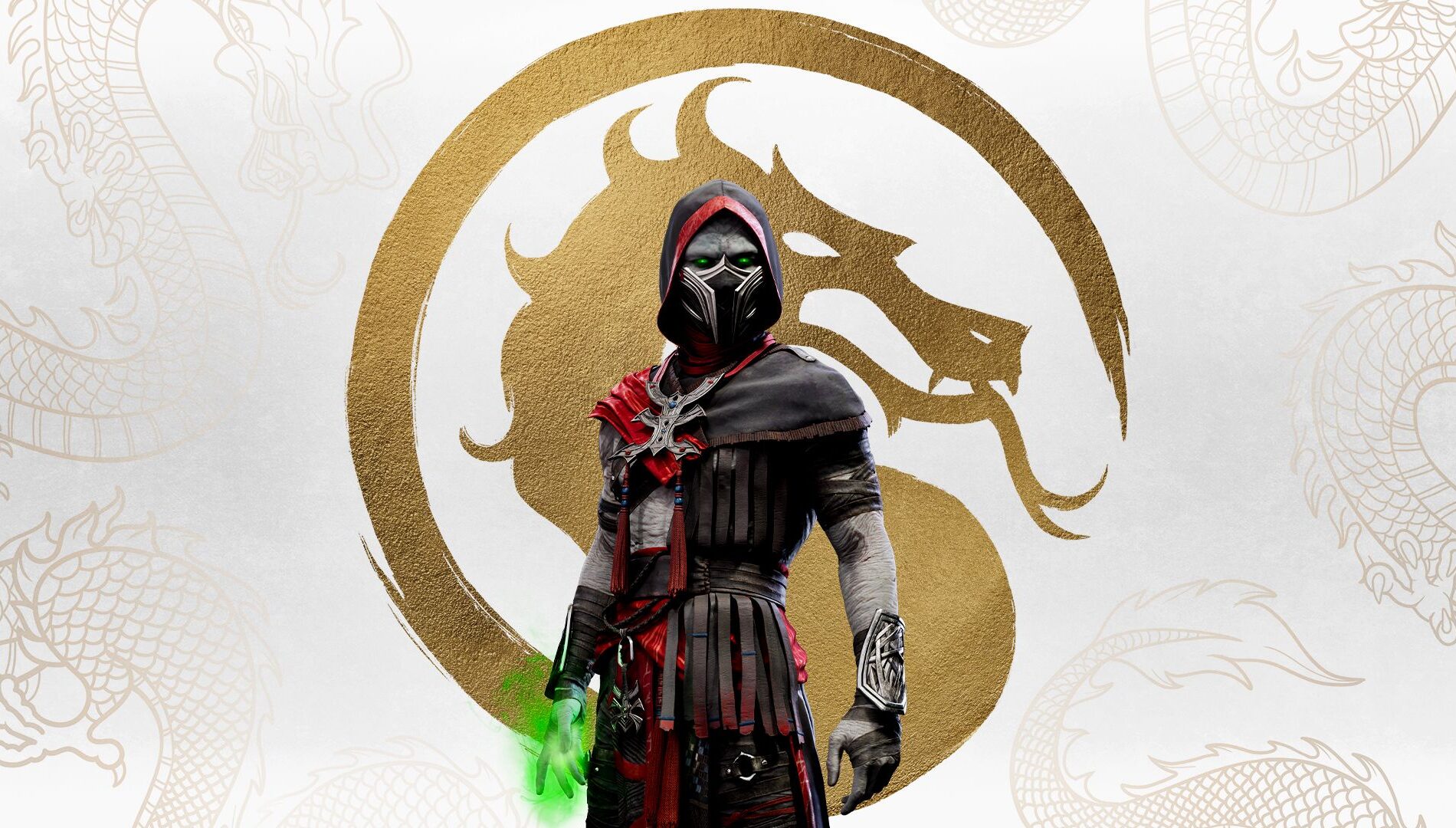
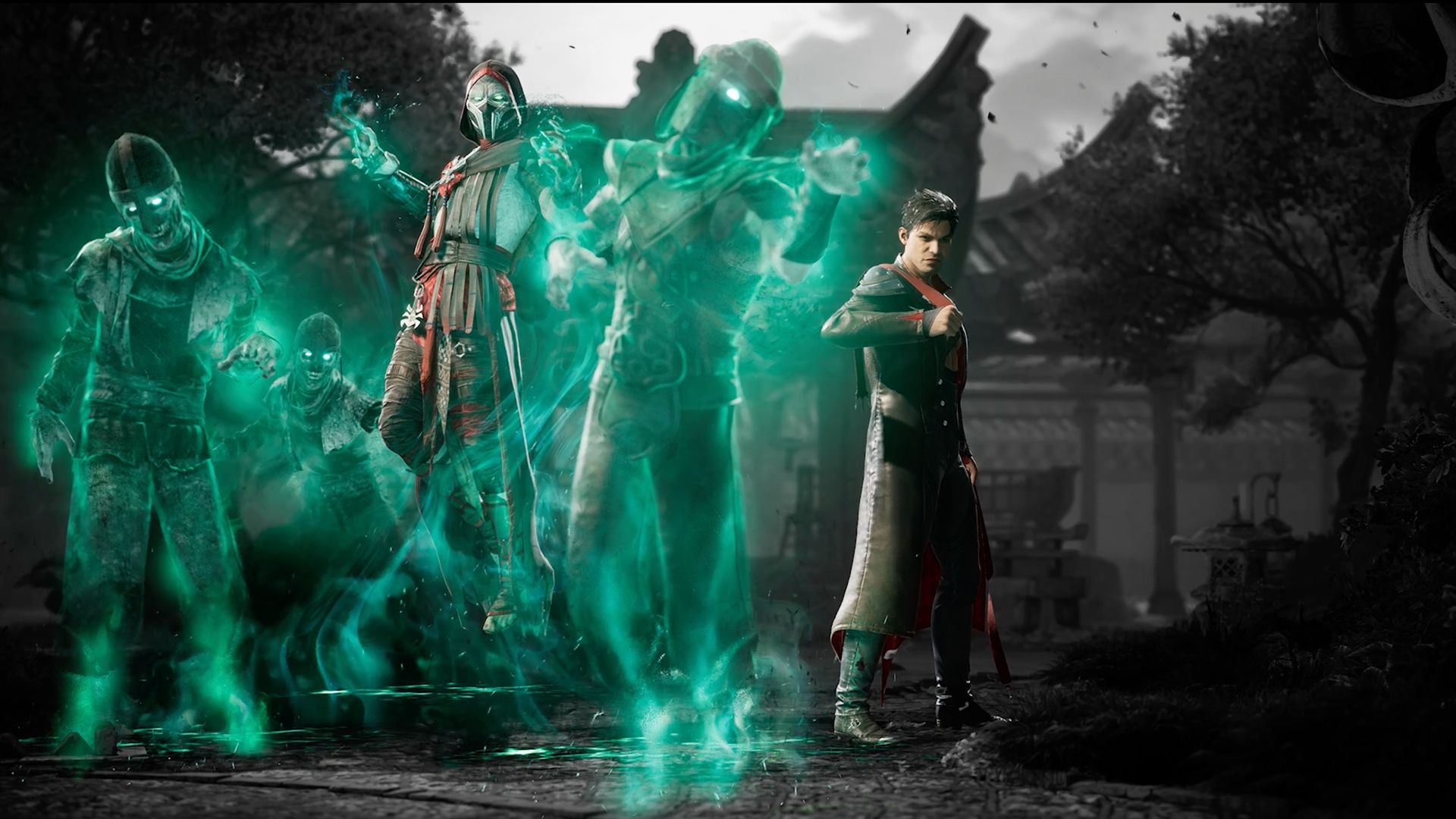
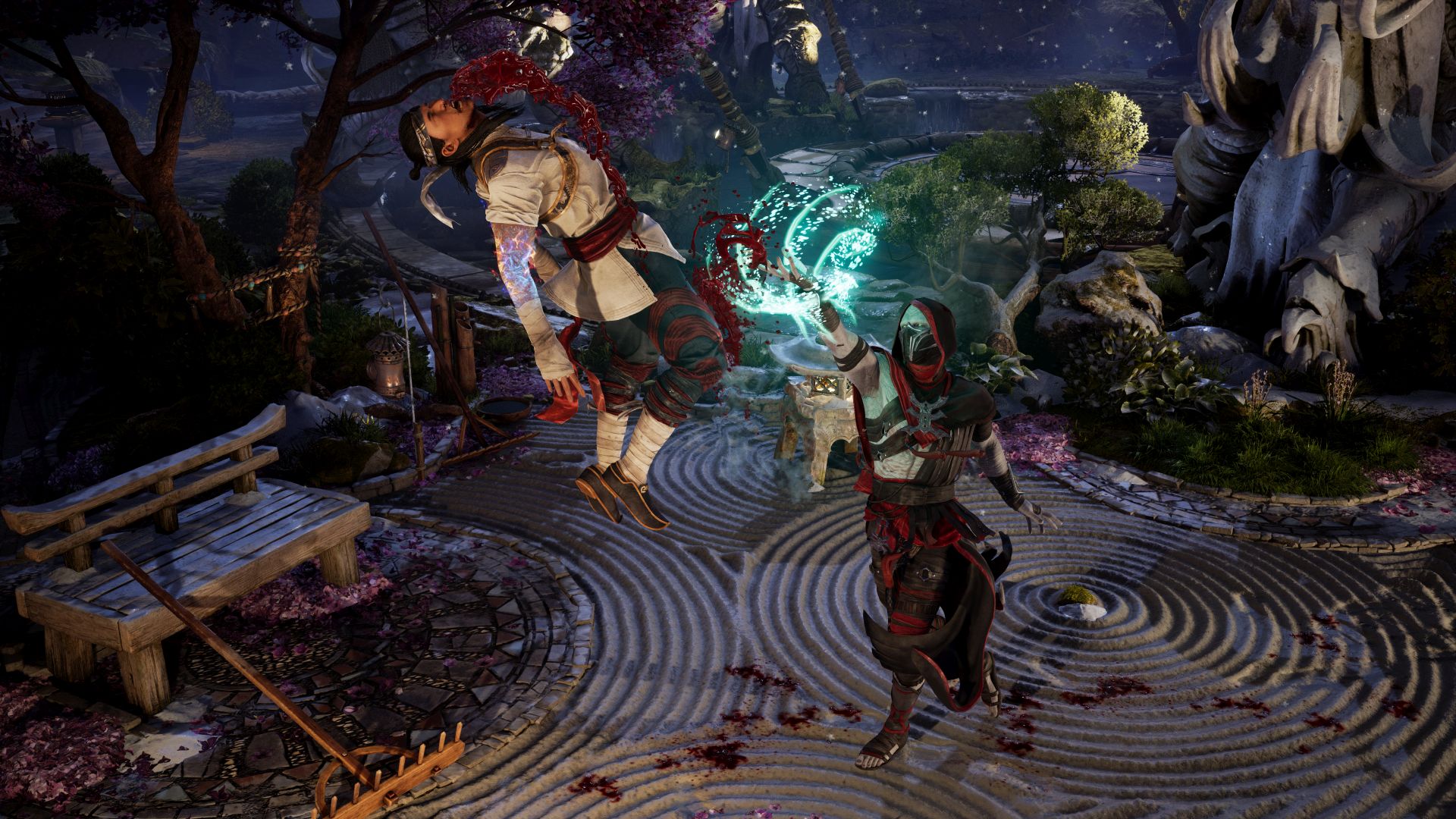
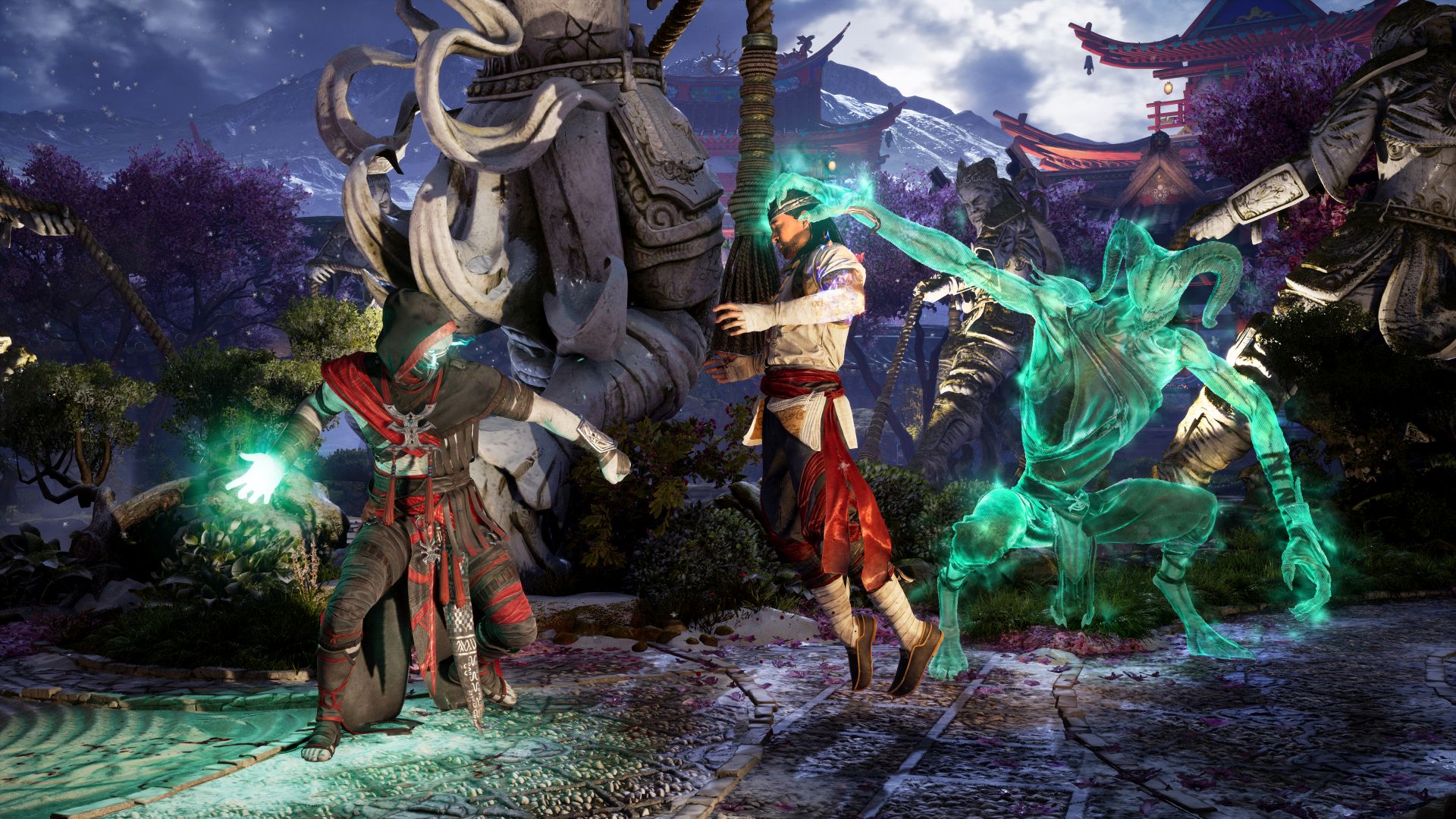
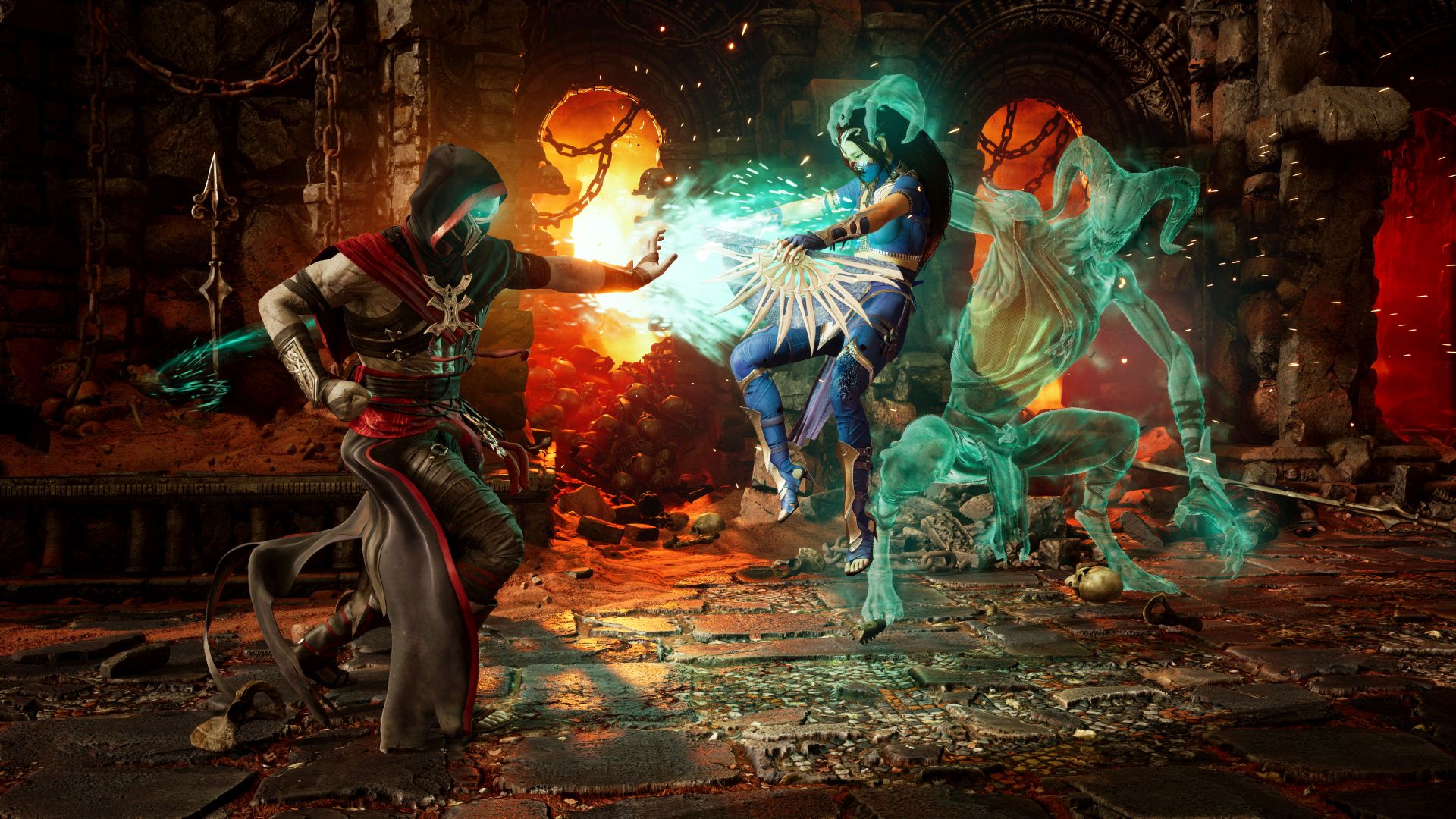
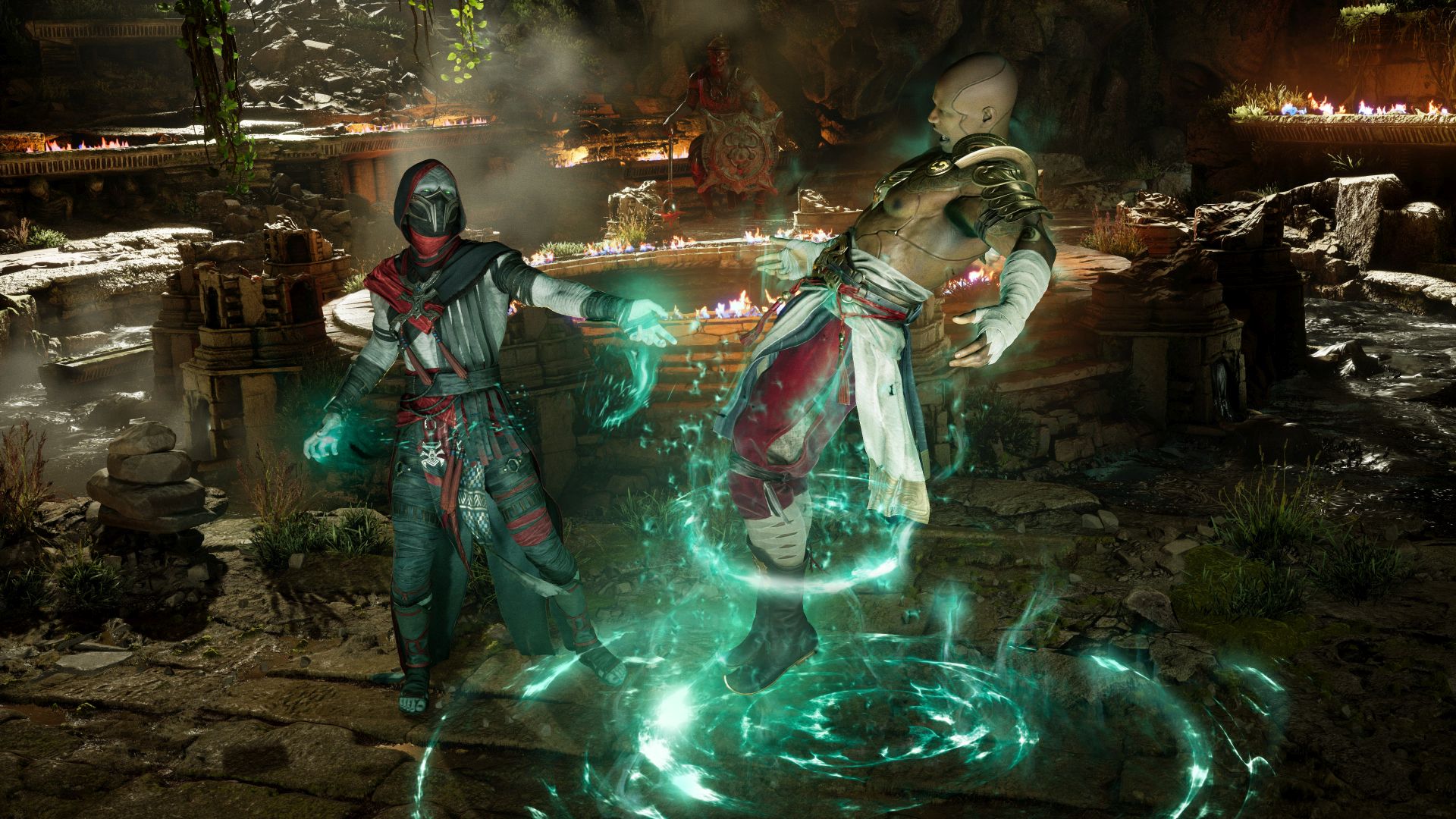
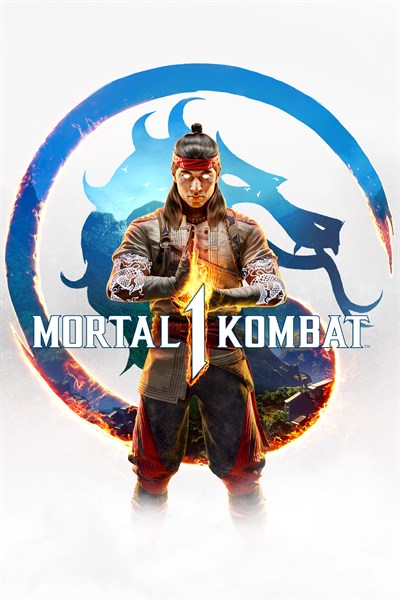

 1
1
